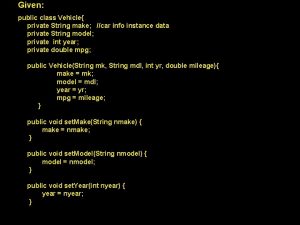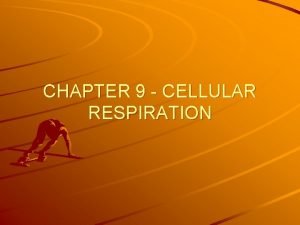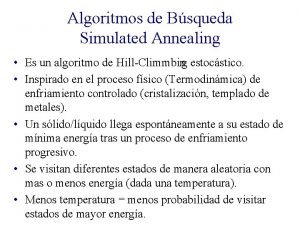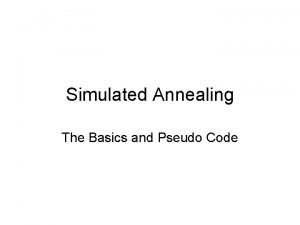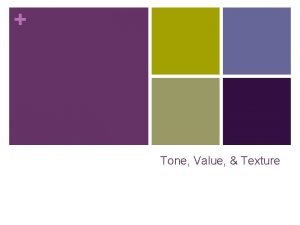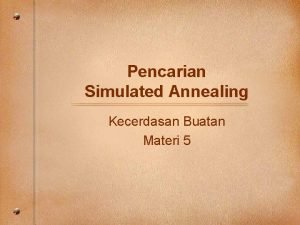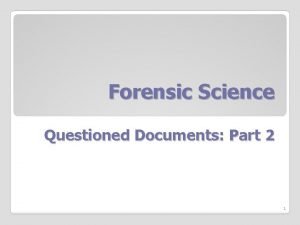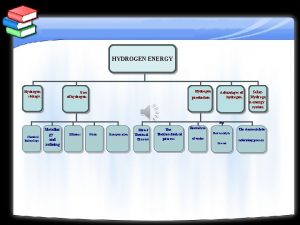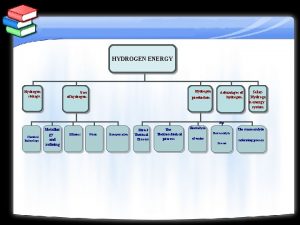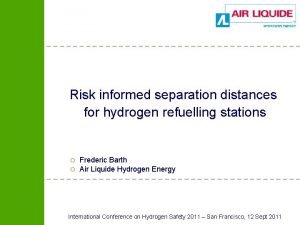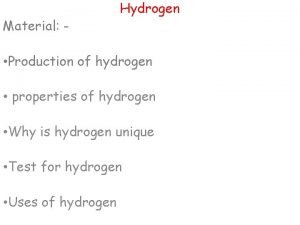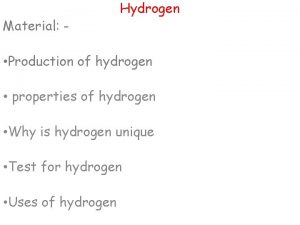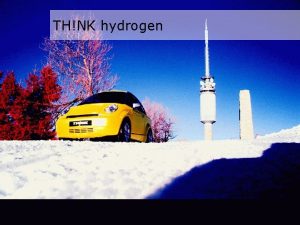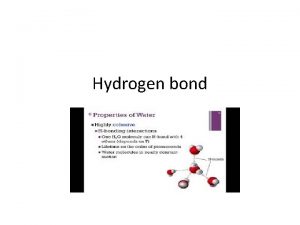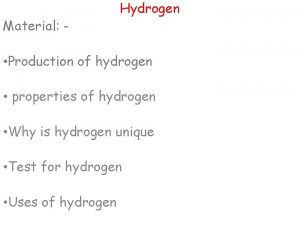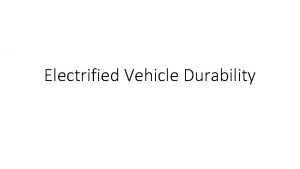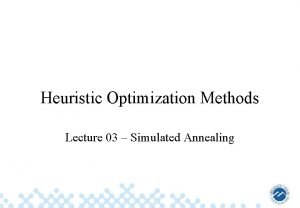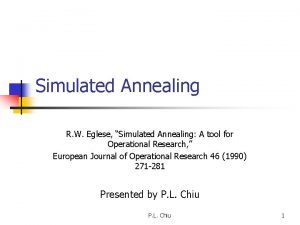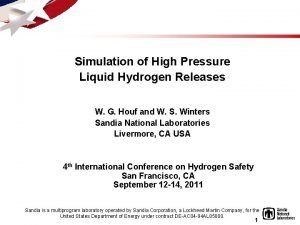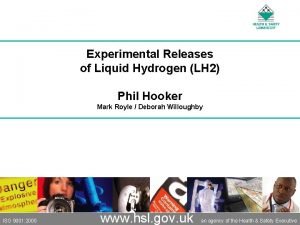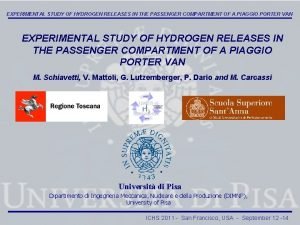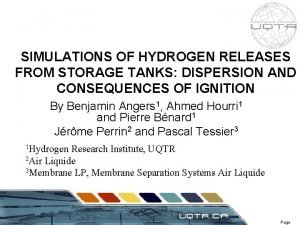HYDROGEN RELEASES IGNITED IN A SIMULATED VEHICLE REFUELLING






















- Slides: 22

HYDROGEN RELEASES IGNITED IN A SIMULATED VEHICLE REFUELLING ENVIRONMENT Les Shirvill 1, Mark Royle 2 and Terry Roberts 2 1 Shell Global Solutions 2 Health and Safety Laboratory

• • INTRODUCTION REFUELLING STATION CONGESTION EXPERIMENTAL ARRANGEMENT RELEASE CONDITIONS COMPARISION OF RESULTS CONCLUSIONS ACKNOWLEDGEMENTS

INTRODUCTION To gain a better understanding of the potential explosion hazard consequences associated with high-pressure leaks from hydrogen refuelling systems Shell Hydrogen initiated an industry funded study. The objectives were to quantify the explosion hazard consequences in a refuelling environment for the ‘worst case’ condition of a premixed gas cloud as well as simulations of actual high-pressure leaks. This paper describes two of the experiments from this study to allow comparison with results from modelling studies within Hy. Safe and Hy. Approval.

REFUELLING STATION CONGESTION

EXPERIMENTAL ARRANGEMENT

EXPERIMENTAL ARRANGEMENT Jet release rig

EXPERIMENTAL ARRANGEMENT Pre-mixed cloud rig

RELEASE CONDITIONS Pre-mixed trials Cloud volume: 70. 16 m 3 Gas mixture temperature: 28. 9 o. C Relative humidity: 42. 1 % Ignition position: between dispensers Equivalence ratio of mixture on ignition: 1. 09 Mass of hydrogen ignited: 1. 847 kg

RELEASE CONDITIONS Jet release trials Storage vessel and pipe volume: 0. 252 m 3 Initial vessel pressure: 40. 17 MPa Initial vessel temperature: 289. 4 K Release orifice diameter: 8 mm Release position: downwards between dispenser and ‘engine’ bay Ignition position: within ‘engine’ bay

RELEASE CONDITIONS Jet release trials Time of spark after release: 0. 7 s Nozzle pressure on sparking: 27. 91 MPa Flow rate on sparking: 0. 93 kg/s Mass released on sparking: 0. 587 kg Total mass released: 2. 097 kg

COMPARISION OF RESULTS

COMPARISION OF RESULTS Pressure traces measured away from the wall Pre-mixed cloud trial 40 MPa jet release trial

COMPARISION OF RESULTS Pressure traces measured parallel to wall Pre-mixed cloud trial 40 MPa jet release trial

COMPARISION OF RESULTS Pressure traces measured on wall and dispenser Pre-mixed cloud trial 40 MPa jet release trial

COMPARISION OF RESULTS

COMPARISION OF RESULTS

COMPARISION OF RESULTS

COMPARISION OF RESULTS

CONCLUSIONS (a) Locally high overpressures (up to 180 k. Pa underneath the ‘vehicle’ and 87 k. Pa on a nearby wall) occurred within the refuelling station; (b) The highest overpressures in the far field were from ignition of premixed hydrogen-air; (c) The highest local overpressures were observed in the jet release trial with a relatively short ignition time i. e. the highest pressure on ignition; and (d) Both the positive and the negative impulses were much higher for premixed ignition than for jet ignition.

CONCLUSIONS The results obtained from both premixed clouds and jet releases are conservative because in practice the safeguarding systems should limit the quantity of hydrogen that can be released accidentally to less than that used in these experiments.

ACKNOWLEDGEMENT The authors thank Shell Hydrogen B. V. , BP Gas Marketing Limited, Exxon. Mobil Research and Engineering Company, and the U. K. Health and Safety Executive, for permission to publish this paper.

 What was the spark that ignited world war 1
What was the spark that ignited world war 1 Cosmic superclass
Cosmic superclass Network insights cisco
Network insights cisco Which structure releases glucagon
Which structure releases glucagon Cellular respiration releases
Cellular respiration releases The yucca plant releases a strong scent at night
The yucca plant releases a strong scent at night Cellular respiration releases
Cellular respiration releases The yucca plant releases a strong scent at night
The yucca plant releases a strong scent at night Simulated texture in art
Simulated texture in art Algoritmo
Algoritmo Simulated annealing pseudocode
Simulated annealing pseudocode English exit test
English exit test Tenacious proximal fusion
Tenacious proximal fusion Define simulated texture
Define simulated texture Contoh simulated annealing
Contoh simulated annealing The actual surface feel of the simulated appearance
The actual surface feel of the simulated appearance London letters for handwriting examination
London letters for handwriting examination Simulated killing philosophy
Simulated killing philosophy Actual texture
Actual texture Zaner blosser
Zaner blosser Actual, simulated, abstract, and invented texture.
Actual, simulated, abstract, and invented texture. Implied texture
Implied texture Types of emphasis in art
Types of emphasis in art

